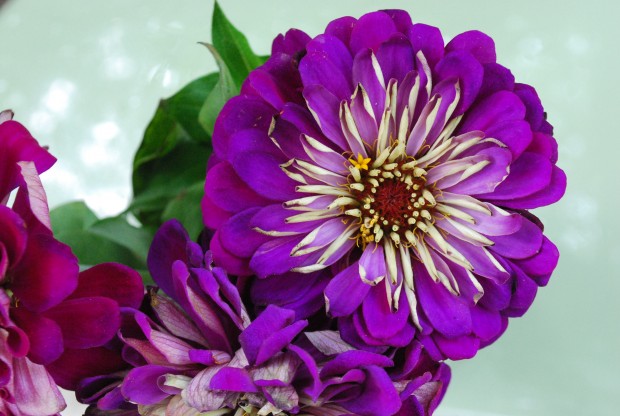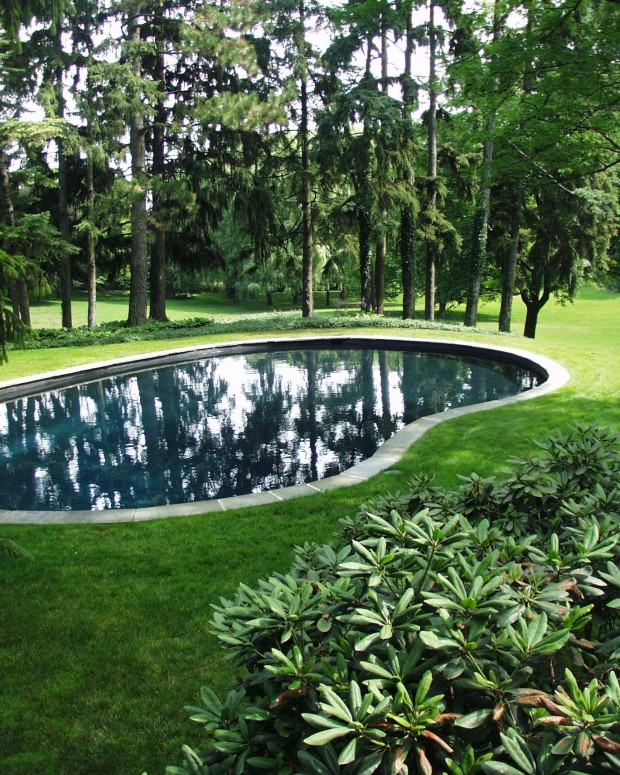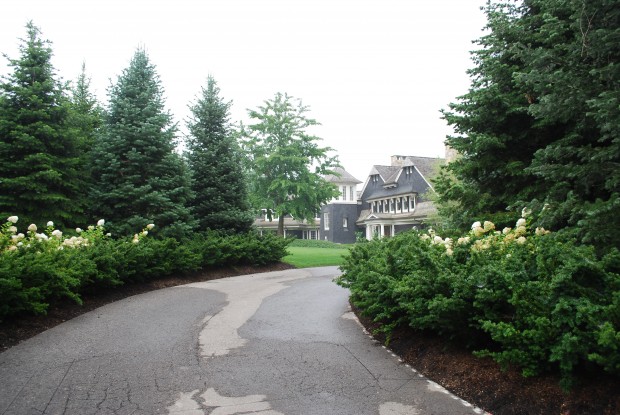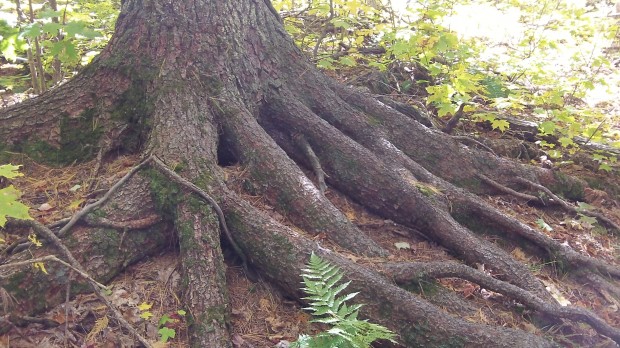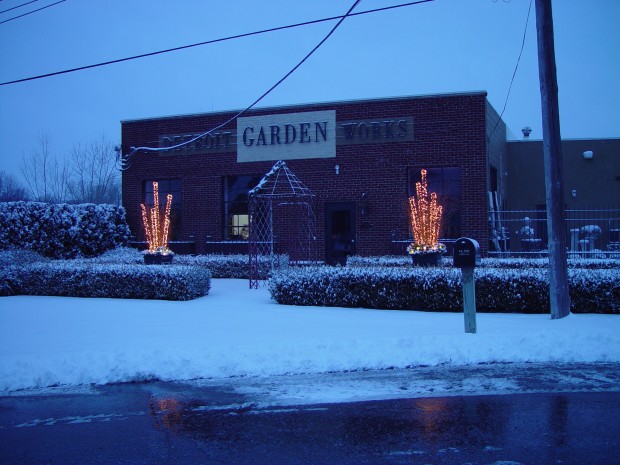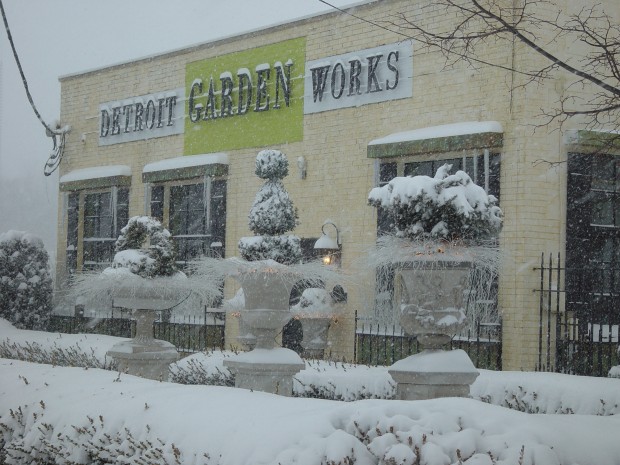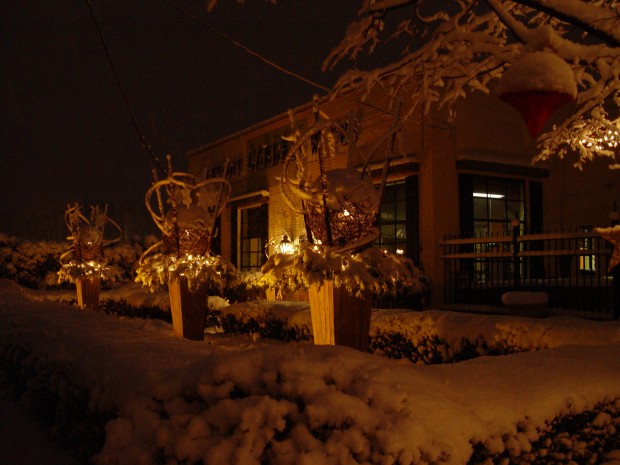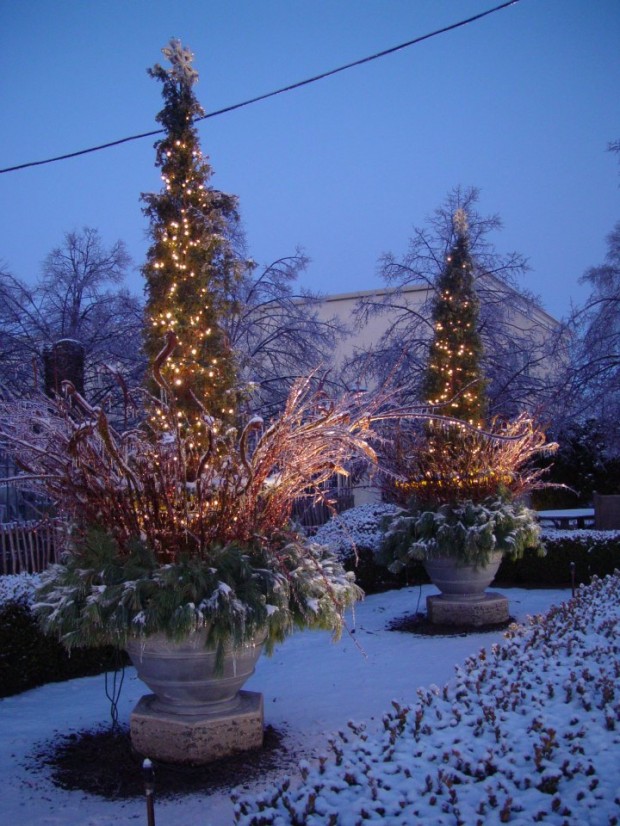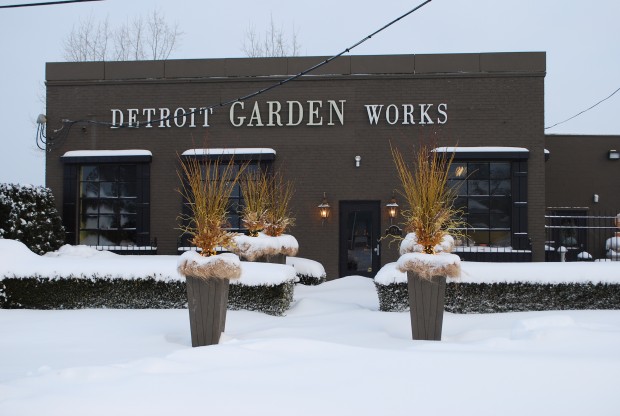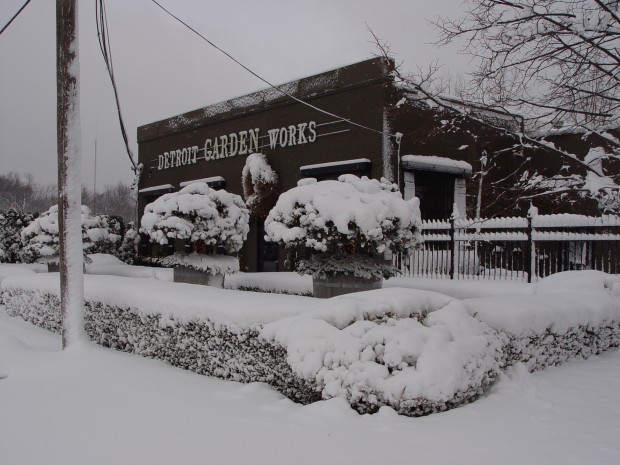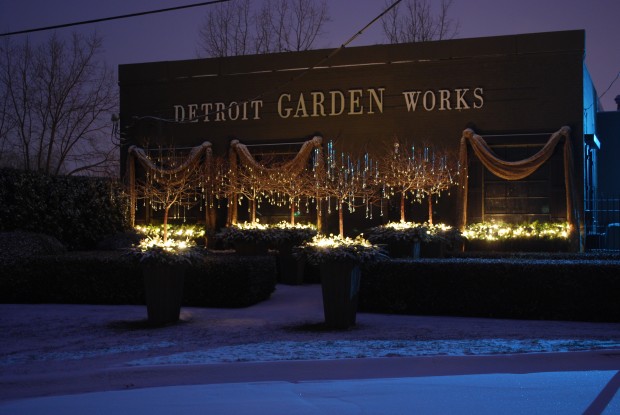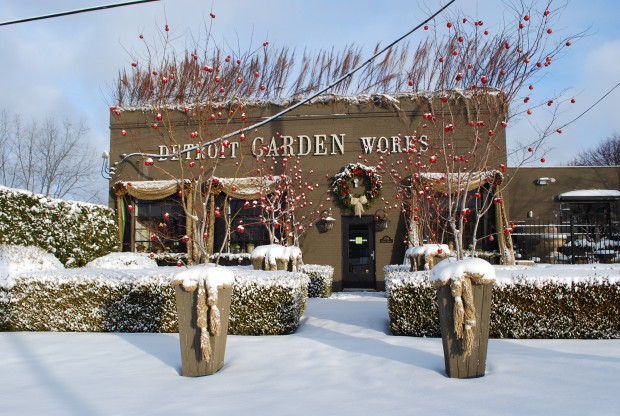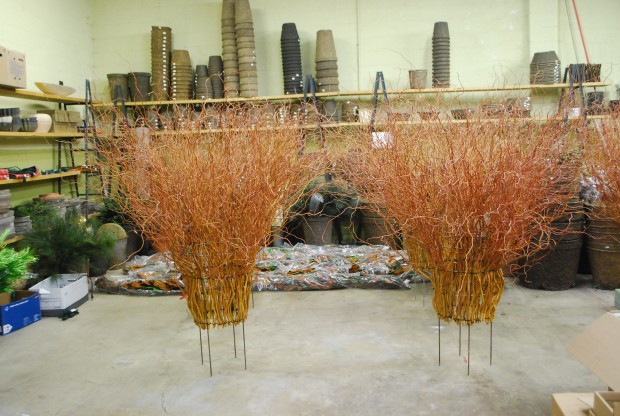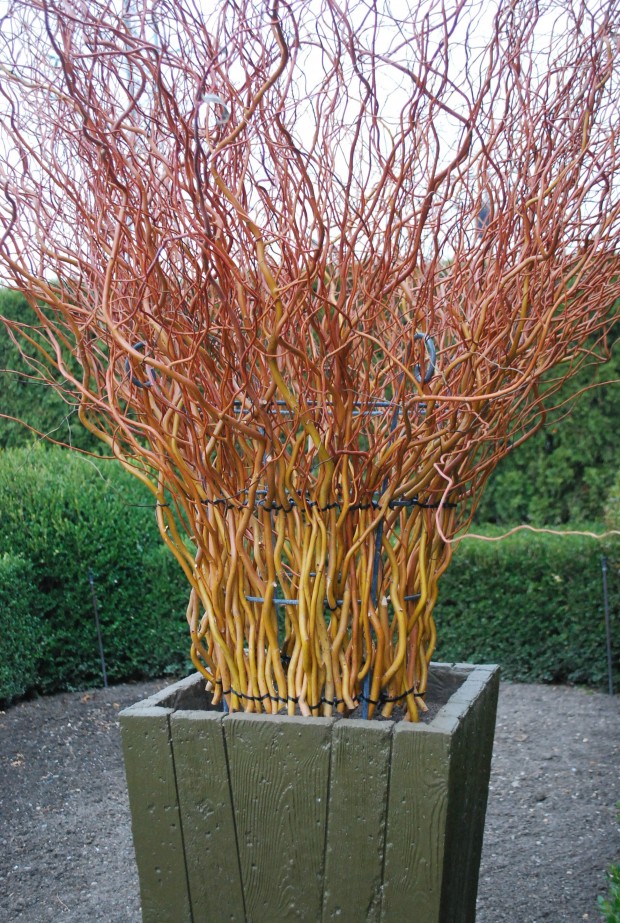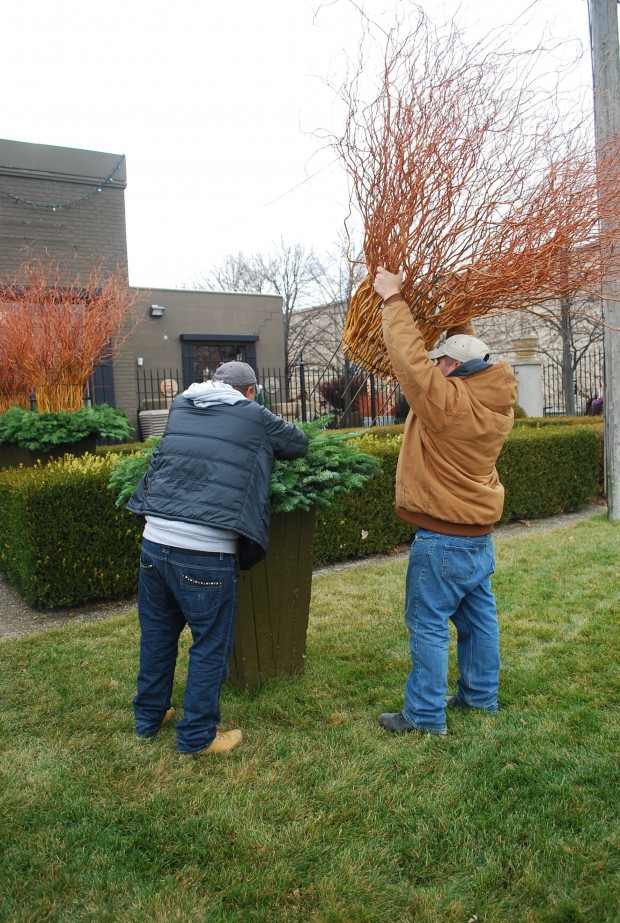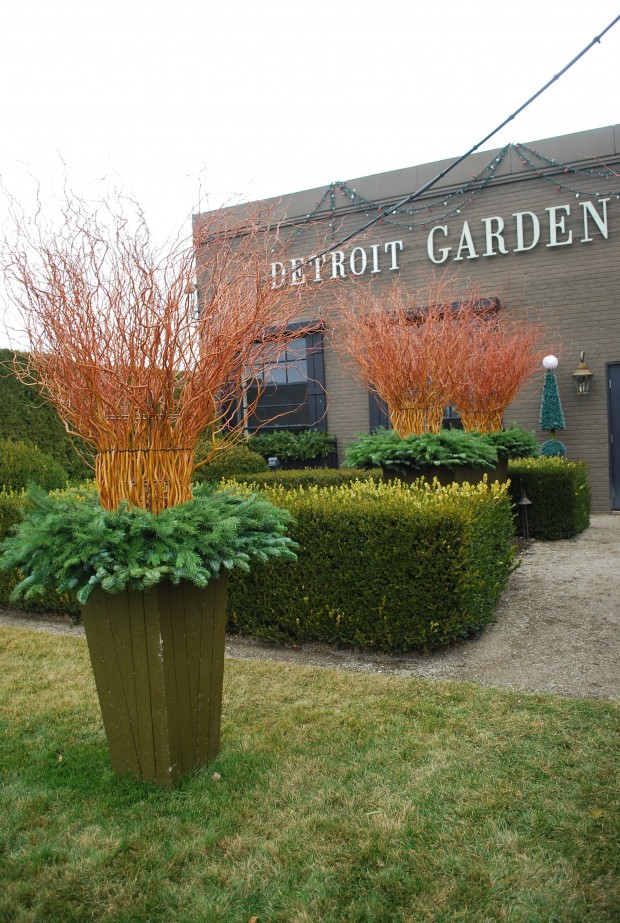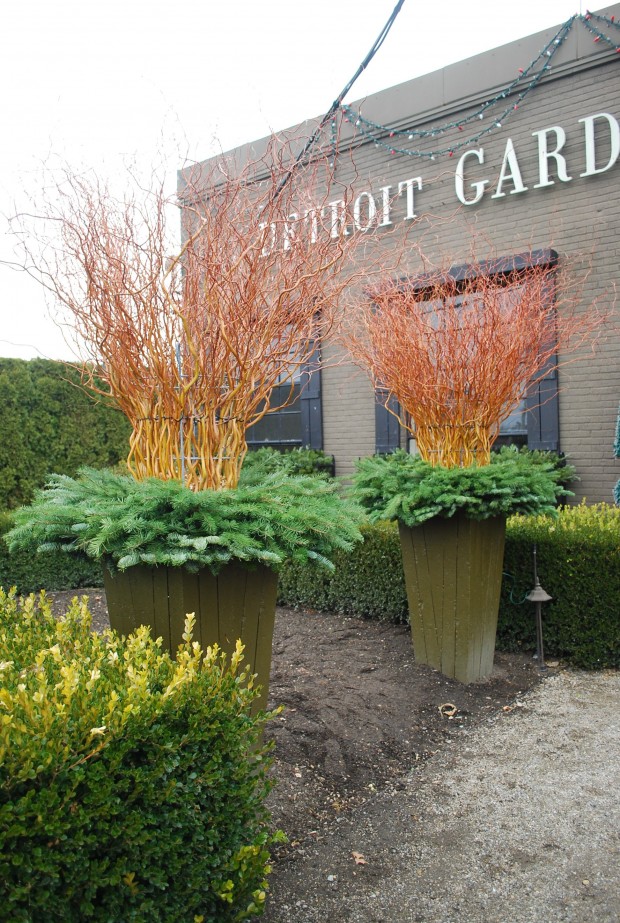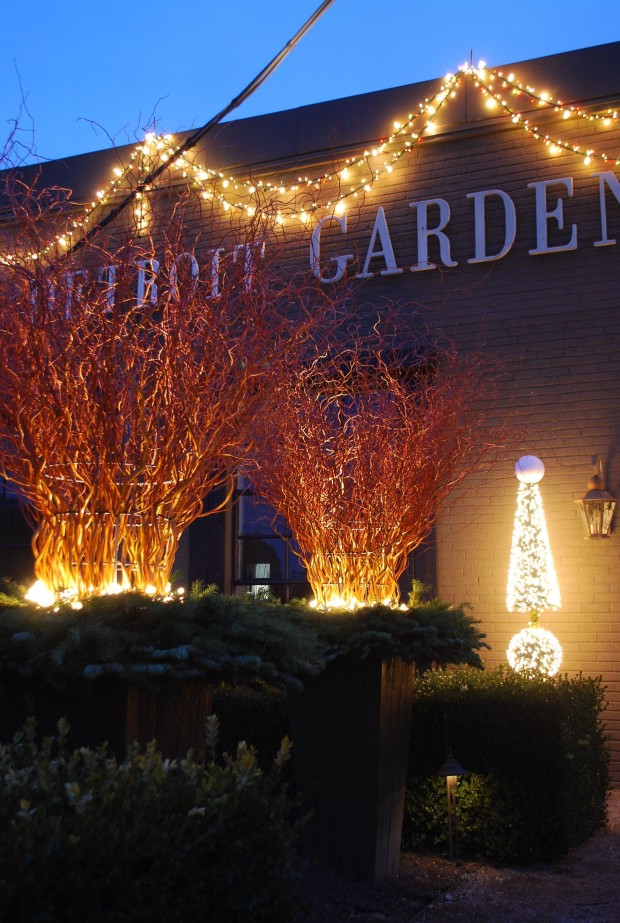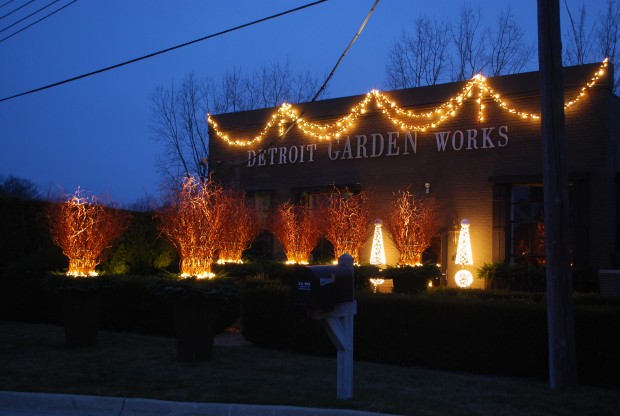A memory can be triggered by many things. The smell of lilacs in the spring. The fragrance of a rose. A mass of daisies, blooming. Plants that bring memories flooding back to me mostly have to do with my mother’s garden. Roses-oh yes, so many roses. A gingko tree, grown from seed to a spectacular size. Tomatoes, lettuce, and herbs in pots. Orchids, hanging from the trees. And the zinnias she grew from seed. I never see a zinnia without thinking of her.
But my memories of her aside, the big old evergreen trees that it has been my pleasure to meet make me feel zero at the bone. Zero at the bone? A feeling which is primeval. Elemental. For me, giant old trees evoke memories that are not tied to specific events. They may provoke memories of which I am only dimly aware.
I am sure this sense of belonging to the primeval forest is why it is so difficult to take down a big tree. Even a damaged or sick old tree. This client was very attached to a pair of old and weary Norway spruce planted just a few feet from the foundation of the house. Taking them down was not an option. Planting more of them at the road, a fitting tribute. I always admired her reluctance to interfere with with a chain saw. The landscape had an aura that would not have been possible without those old trees.
These trees may be many years away from evoking a memory of the primeval forest, but the impulse was there to plant them.
Giant old trees whose life spans many gererations of people are as rare in urban areas as they are revered. Old large properties that have never been clear cut to make way for neighborhoods provide homes for old trees. The steward-gardener who takes great pains to look after them is a person for whom those trees evoke a memory. In my area, there are old cemeteries whose old trees are spectacular. Many cities have parks, and for good reason. Exposure to an old, natural or archetypal landscape is comforting, and thought provoking.
The Estivant Pines nature sanctuary on the Kewenaw Peninsula in the upper peninsula is a protected home to many old pines. Pictured in the Michigan Nature Association blog, this is the trunk of one of the largest and oldest of those pines. The preservation of these old trees is the result of the work, patience and determination of many-all of whom have a memory that is important to nurture.
This post is but one of many featured at the Garden Designer’s Roundtable today on the subject of memory and plants. My special congratulations to Andrew Keys, whose book Why Grow That When You Can Grow This has just been published on this very topic. If the book is as exuberant and sassy as he is, it should be a great read!
Andrew Keys : Garden Smackdown : Boston, MA
Genevieve Schmidt : North Coast Gardening : Arcata, CA
Jocelyn Chilvers : The Art Garden : Denver, CO
Lesley Hegarty & Robert Webber : Hegarty Webber Partnership : Bristol, UK
Mary Gallagher Gray : Black Walnut Dispatch : Washington, D.C.
Rebecca Sweet : Gossip In The Garden : Los Altos, CA
Susan Cohan : Miss Rumphius’ Rules : Chatham, NJ
Susan Morrison : Blue Planet Garden Blog : East Bay, CA
Thomas Rainer : Grounded Design : Washington, D.C.
Rochelle Greayer : Studio ‘g’ : Boston, MA
